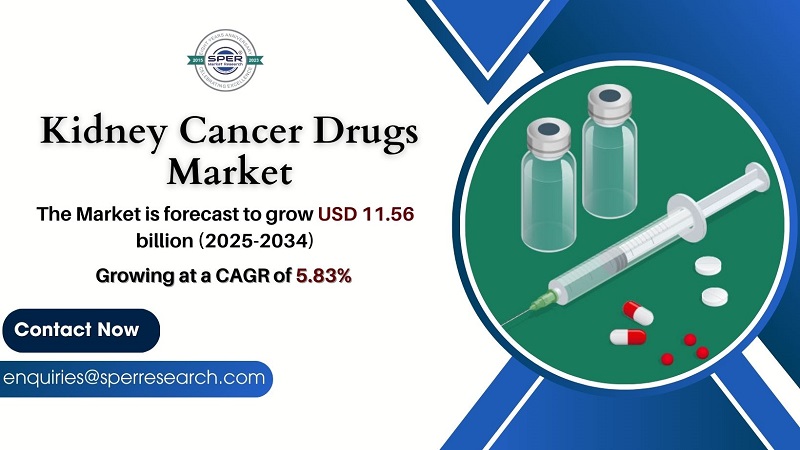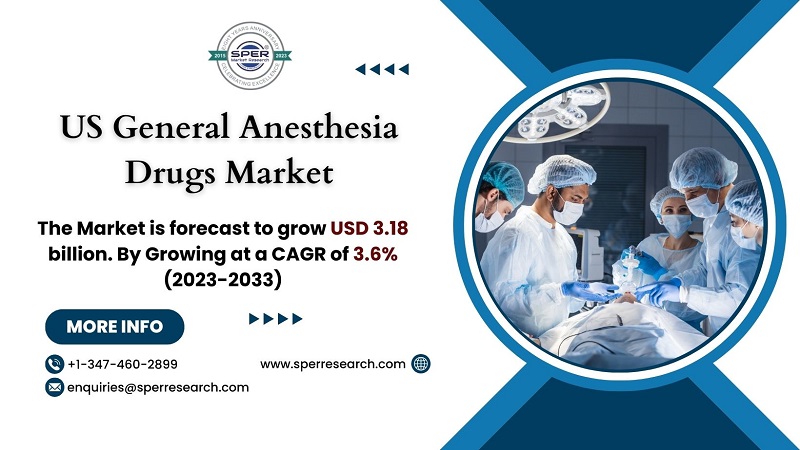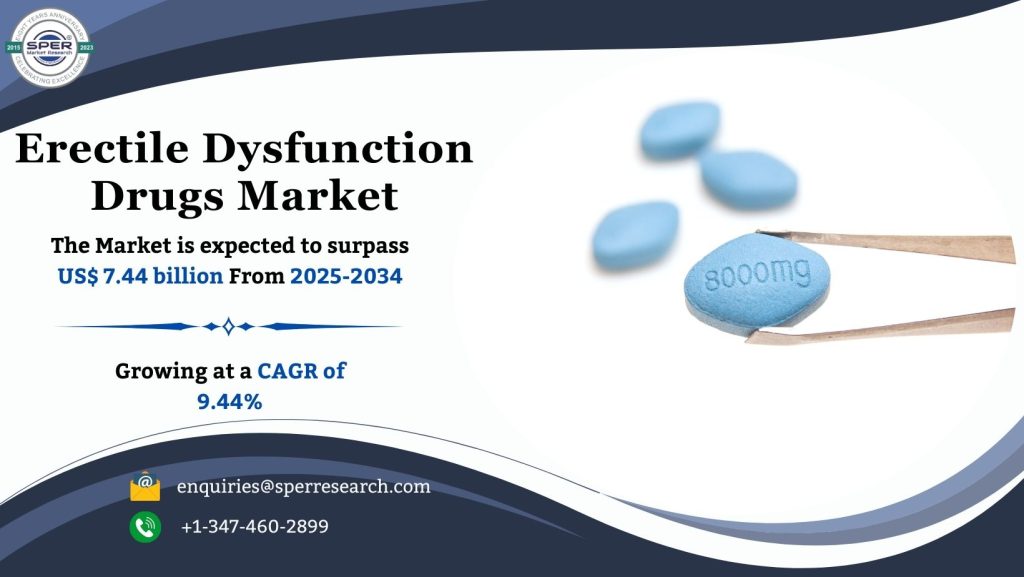Pharmacy automation systems are intended to improve the dispensing, sorting, packaging, and counting of prescription medications. These systems improve pharmaceutical operations by integrating computerized processes, lowering labor costs and increasing accuracy. Pharmacy automation has revolutionized several parts of pharmacy practice, including prescription filling and packaging, inventory management, and patient education. This technological development has transformed practically every element of the pharmacy industry, improving efficiency and accuracy.
According to SPER Market Research, ‘Europe Pharmacy Automation Systems Market Share, Growth, Trends, Revenue, Demand, Challenges and Future Competition Till 2033: SPER Market Research’ states that the Europe Pharmacy Automation Systems Market is estimated to reach USD XX billion by 2032 with a CAGR of XX%.
The European pharmacy automation systems industry is expanding rapidly, driven by a number of major drivers. A key factor is the growing demand for efficient and precise drug distribution solutions that aim to reduce human error and improve patient safety. This demand is increased further by the growing senior population, which frequently requires complex prescription regimens, putting further strain on pharmacy workers. Furthermore, the increased emphasis on healthcare cost containment has resulted in the implementation of automation solutions that streamline pharmacy processes, cut labor costs, and increase overall efficiency. Automation system innovations, including as robotic dispensing and automated storage solutions, have also helped to drive market expansion by providing more dependable and speedier services.
The European pharmacy automation systems industry confronts a number of hurdles that may limit its growth and acceptance. A major worry is the substantial initial investment required to adopt automation systems, which might be prohibitively expensive for smaller pharmacies with limited funds. Furthermore, integrating new automation technologies into existing pharmacy workflows and IT systems can be difficult, necessitating significant time and money for training and adaption. There is also a dearth of experienced individuals who can operate and maintain complex automation systems, which could contribute to operational inefficiencies. Furthermore, data security and patient privacy are key concerns since automation systems handle sensitive health information that must be protected from cyber threats.
Germany dominates the European pharmacy automation systems market because of its strong healthcare infrastructure and large number of medical device manufacturers. Some of the key players are: Demodeks Pharmacy Shelving, Fullscript, Innovation Associate, InterLink AI, Inc., KLS Pharma Robotics GmbH.
Request a Free Sample Report: https://www.sperresearch.com/report-store/europe-pharmacy-automation-market.aspx?sample=1
Europe Pharmacy Automation Market Segmentation:
By Product: Based on the Product, Europe Pharmacy Automation Market is segmented as; Services, Software, System.
By Pharmacy Type: Based on the Pharmacy Type, Europe Pharmacy Automation Market is segmented as; Chain, Federal, Independent.
By Pharmacy Size: Based on the Pharmacy Size, Europe Pharmacy Automation Market is segmented as; Large Size Pharmacy, Medium Size Pharmacy, Small Size Pharmacy.
By Application: Based on the Application, Europe Pharmacy Automation Market is segmented as; Drug Dispensing and Packaging, Drug Storage, Inventory Management.
By End User: Based on the End User, Europe Pharmacy Automation Market is segmented as; Central Fill/Mail Order Pharmacies, Inpatient Pharmacies, Online Pharmacies, Outpatient Pharmacies, Pharmacy Benefit Management Organizations, Retail Pharmacies, Others.
By Distribution Channel: Based on the Distribution Channel, Europe Pharmacy Automation Market is segmented as; Direct Tender, Third Party Distributor.
By Region: This report also provides the data for key regional segments of Belgium, France, Germany, Italy, Netherlands, Russia, Spain, Switzerland, Turkey, U.K., Rest of Europe.
For More Information, refer to below link: –
Europe Pharmacy Automation Market Growth
Related Reports:
Follow Us –
LinkedIn | Instagram | Facebook | Twitter
Contact Us:
Sara Lopes, Business Consultant — USA
SPER Market Research
enquiries@sperresearch.com
+1–347–460–2899









